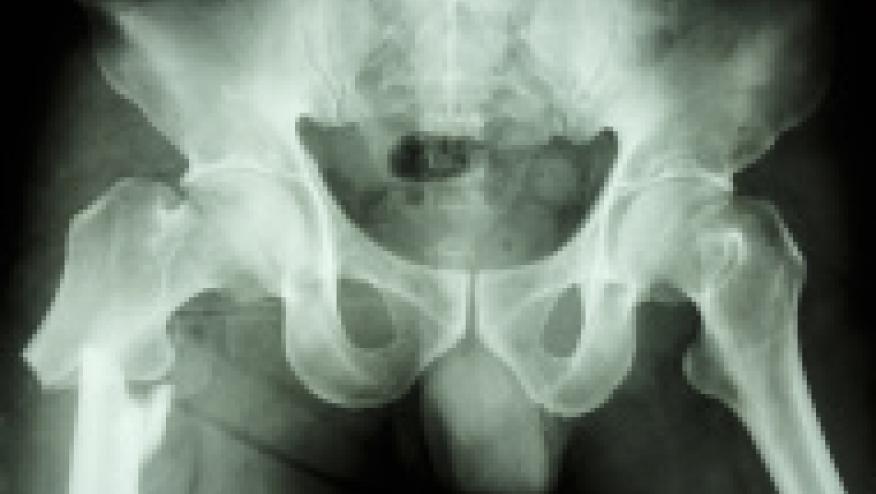Higher Fracture Risks with Prolonged Bisphosphonate Use in Older Women Save

It is estimated that 50% of women over the age of 50 will experience a facture related to osteoporosis. And while there are many effective therapies to lower this risk, the optimal duration of treatment is the subject of current debate.
The Journal of the American Geriatric Society has reported that older women receiving bisphosphonate therapy for greater than 10-13 years were more likely to suffer from fractures. ( Citation source: http://buff.ly/2qL1yQK)
In a subset observational study from the Womens Health Initiative, 5,120 older women who received bisphosphonates for greater than 2 years were assessed at different time intervals based on years of bisphosphonate use (2 years, 3–5, 6–9, 10–13 years). Fracture risk was calculated using 2 years as the referent group.
The length of time on bisphosphonates varied, with 13% takng bisphosphonates for 2 years, 34% for 3-5 years, 20% for 6-9 years, and 33% for 10-13 years.
The aveage age was 80 years and there were a total of 1313 fractures:127 hip, 159 wrist/forearm, and 235 vertebral fractures.
With 10-to-13 years of bisphosphonate use a 29% higher risk of any and all fractures was seen compared to 2 years of use (HR = 1.29, 95%CI; 1.07–1.57). However, this was not statistically significant for hip (HR = 1.66, 95% CI = 0.81–3.40), clinical vertebral (HR = 1.65, 95% CI = 0.99–2.76), or wrist fracture (HR = 1.16, 95% CI = 0.67–2.00).
In older women at high risk of fracture, it appears that prolonged use (10-to-13 years) of bisphosphonate use was associated with higher risk of any clinical fracture compared to shorter periods (2 years) of use.









If you are a health practitioner, you may Login/Register to comment.
Due to the nature of these comment forums, only health practitioners are allowed to comment at this time.